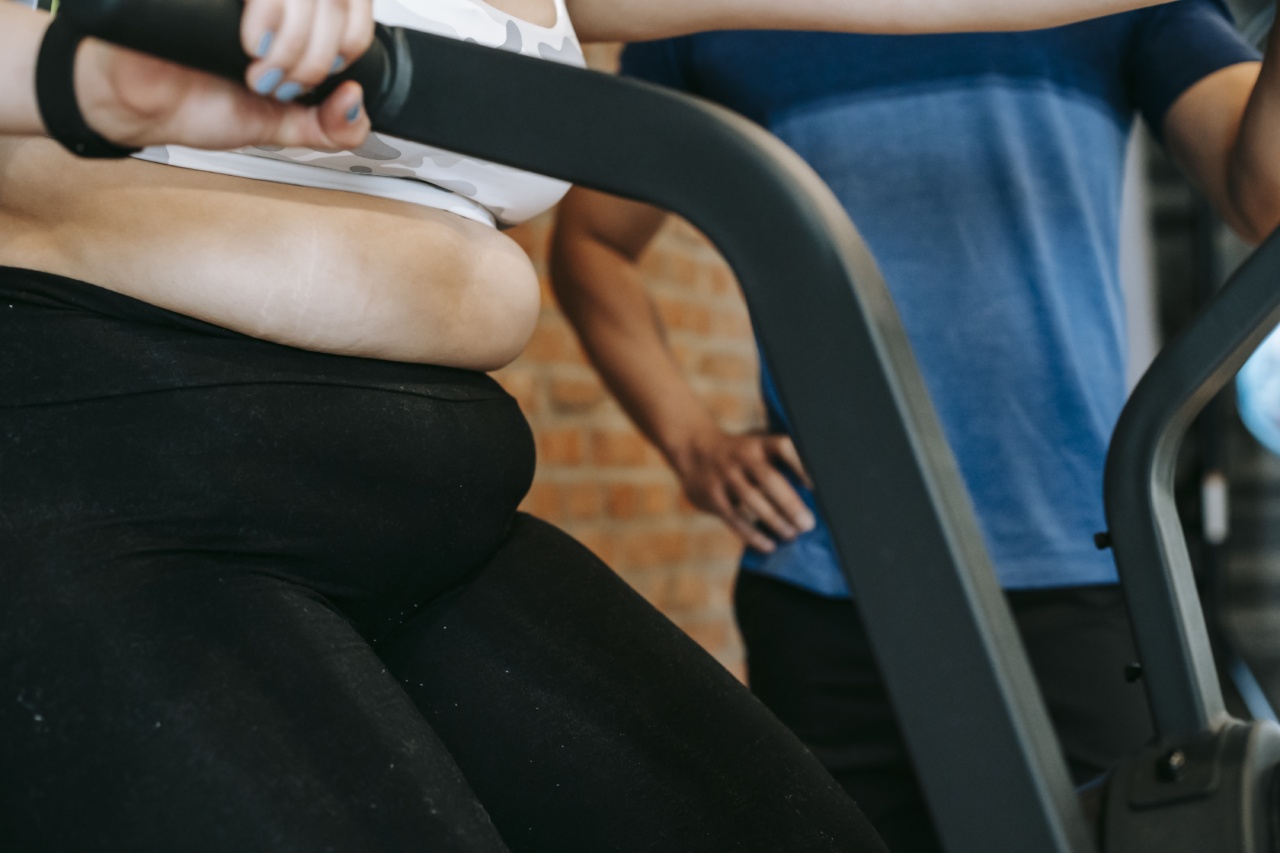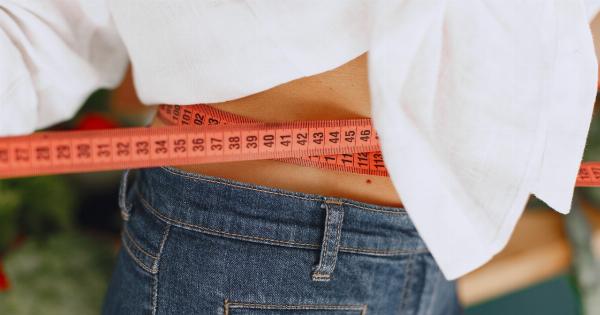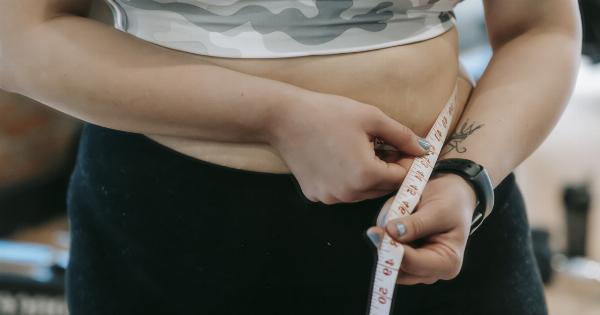Assessing weight accurately and reliably is essential in various fields such as healthcare, fitness, and sports.
Whether you are measuring body weight for medical diagnosis, tracking weight loss progress, or evaluating athletic performance, reliable methods of assessment are crucial. In this article, we will explore ten reliable methods of assessing weight, highlighting their benefits and limitations.
1. Scale Weight
One of the most common methods of assessing weight is by using a scale. Digital scales are widely available and easy to use, making them convenient for everyday weight measurement.
However, it’s important to note that a scale alone cannot provide comprehensive information about an individual’s body composition or overall health.
2. Body Mass Index (BMI)
BMI is a commonly used method to assess weight status. It is calculated by dividing an individual’s weight in kilograms by the square of their height in meters.
While BMI can be a useful tool for population-level assessments, it has limitations when applied to individuals. BMI does not consider body composition or distribution of weight, which means it may not accurately reflect an individual’s health or fitness level.
3. Waist Circumference
Measuring waist circumference is a simple and reliable method to assess abdominal fat accumulation, which is associated with an increased risk of chronic diseases. This method involves using a measuring tape to measure the narrowest part of the waist.
Monitoring changes in waist circumference over time can help in assessing weight management progress.
4. Skinfold Thickness
Assessing body fat percentage through skinfold thickness measurement involves using calipers to measure the thickness of subcutaneous fat at specific sites on the body. The measurements are then used to estimate overall body fat percentage.
This method requires proper training and precision to ensure accurate results.
5. Bioelectrical Impedance Analysis (BIA)
BIA measures body composition by sending a low-level electrical current through the body. The resistance encountered by the current helps determine the amount of lean tissue versus fat tissue.
BIA devices are commercially available, including scales and handheld devices. However, factors such as hydration levels and body temperature can influence the accuracy of BIA measurements.
6. Dual-Energy X-ray Absorptiometry (DEXA)
DEXA is a highly accurate method for assessing body composition, including fat mass, lean mass, and bone mineral density. It uses a small dose of ionizing radiation to scan the entire body or specific regions of interest.
DEXA scans are commonly used in research settings and clinical assessments but may not be readily accessible to the general population.
7. Air Displacement Plethysmography (ADP)
ADP, also known as Bod Pod, measures body composition by determining the body’s volume through air displacement. It is a non-invasive method that is more widely available than DEXA.
However, this method may not be suitable for individuals who experience claustrophobia or have difficulty remaining still during the test.
8. Hydrostatic Weighing
Hydrostatic weighing involves submerging an individual in water to measure their body volume, which is then used to calculate body density. This method relies on the principle of buoyancy and requires specialized equipment and facilities.
Hydrostatic weighing is highly accurate but not easily accessible to the general public.
9. Waist-to-Hip Ratio (WHR)
The waist-to-hip ratio is a simple method to assess weight distribution and overall health risk. It is calculated by dividing the waist circumference by the hip circumference.
A higher waist-to-hip ratio indicates a higher risk of metabolic conditions such as heart disease and diabetes. However, WHR does not provide information about overall body composition.
10. Photography/Videography
Visual assessment through photography or videography can be a valuable tool to track changes in body weight and composition. By comparing images over time, it is possible to visually assess progress.
However, this method relies on subjective interpretation and may not provide precise measurements.






















